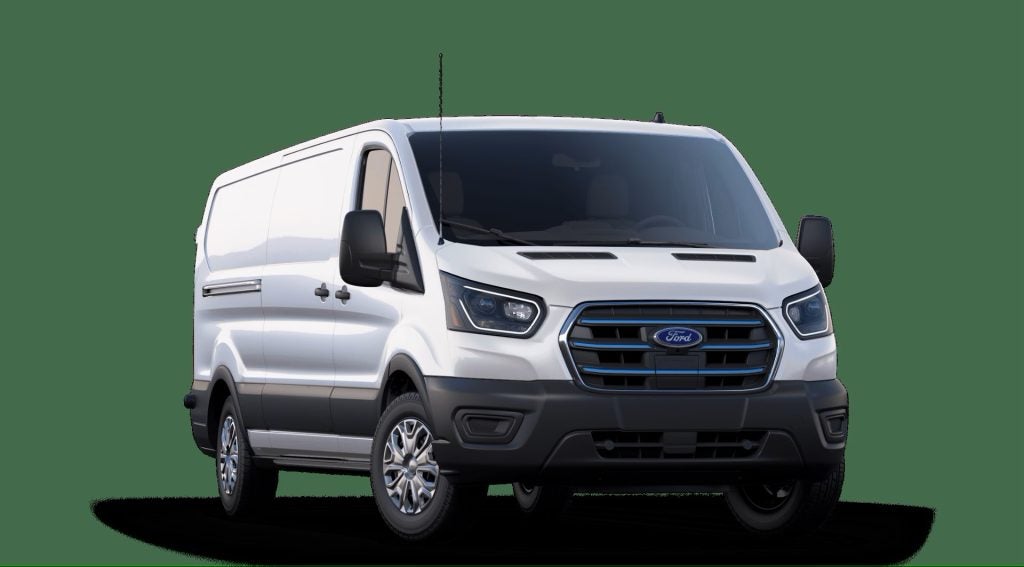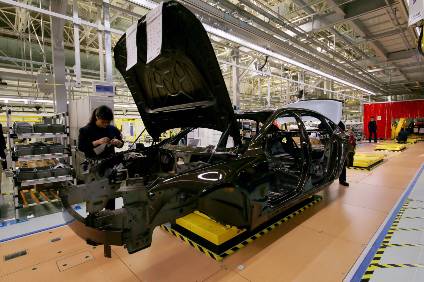The automotive industry continues to be a hotbed of patent innovation. Activity in intelligent in-vehicle displays is driven by increasing demand for autonomous vehicles (AVs) and personalized in-vehicle experiences, advancements in curved and high-resolution organic light-emitting diode (OLED) display technologies, and growing importance of technologies such as lane departure warning and blind-spot monitoring. In the last three years alone, there have been over 720,000 patents filed and granted in the automotive industry, according to GlobalData’s report on Internet of Things in automotive: intelligent in-vehicle displays. Buy the report here.
However, not all innovations are equal and nor do they follow a constant upward trend. Instead, their evolution takes the form of an S-shaped curve that reflects their typical lifecycle from early emergence to accelerating adoption, before finally stabilizing and reaching maturity.
Identifying where a particular innovation is on this journey, especially those that are in the emerging and accelerating stages, is essential for understanding their current level of adoption and the likely future trajectory and impact they will have.
300+ innovations will shape the automotive industry
According to GlobalData’s Technology Foresights, which plots the S-curve for the automotive industry using innovation intensity models built on over one million patents, there are 300+ innovation areas that will shape the future of the industry.
Within the emerging innovation stage, autonomous steering, LiDAR scanners and intelligent predictive maintenance are disruptive technologies that are in the early stages of application and should be tracked closely. Sensor-integrated mirrors, smart street lighting and automatic parking assist are some of the accelerating innovation areas, where adoption has been steadily increasing. Among the maturing innovation areas are remote trip monitoring and smart speed governors, which are now well established in the industry.
Innovation S-curve for Internet of Things in the automotive industry

Intelligent in-vehicle displays is a key innovation area in Internet of Things
Intelligent in-vehicle displays refer to advanced display systems installed in vehicles that utilize various technologies and features to provide information, enhance the driving experience, and improve safety. These displays are designed to be interactive, user-friendly, and adaptable to different driving scenarios and conditions. They can include touchscreen interfaces, augmented reality (AR) capabilities, transparent displays, and other innovative features to provide drivers with relevant information and assist with navigation, entertainment, and safety-related functions.
GlobalData’s analysis also uncovers the companies at the forefront of each innovation area and assesses the potential reach and impact of their patenting activity across different applications and geographies. According to GlobalData, there are 180+ companies, spanning technology vendors, established automotive companies, and up-and-coming start-ups engaged in the development and application of intelligent in-vehicle displays.
Key players in intelligent in-vehicle displays – a disruptive innovation in the automotive industry
‘Application diversity’ measures the number of applications identified for each patent. It broadly splits companies into either ‘niche’ or ‘diversified’ innovators.
‘Geographic reach’ refers to the number of countries each patent is registered in. It reflects the breadth of geographic application intended, ranging from ‘global’ to ‘local’.
Patent volumes related to intelligent in-vehicle displays
| Company | Total patents (2021 - 2023) | Premium intelligence on the world's largest companies |
| Hyundai Mobis | 3 | Unlock Company Profile |
| Magna International | 14 | Unlock Company Profile |
| Toyota Motor | 9 | Unlock Company Profile |
| Flex | 1 | Unlock Company Profile |
| Hyundai Motor | 7 | Unlock Company Profile |
| Aptiv | 2 | Unlock Company Profile |
| THG | 2 | Unlock Company Profile |
| Honda Motor | 9 | Unlock Company Profile |
| Porsche Automobil | 5 | Unlock Company Profile |
| The Renco Group | 2 | Unlock Company Profile |
| Donnelly Group | 1 | Unlock Company Profile |
| LG | 14 | Unlock Company Profile |
| Continental | 8 | Unlock Company Profile |
| Kia | 7 | Unlock Company Profile |
| Ford Motor | 11 | Unlock Company Profile |
| Samsung Group | 2 | Unlock Company Profile |
| Byton | 4 | Unlock Company Profile |
| Pony.ai | 3 | Unlock Company Profile |
Source: GlobalData Patent Analytics
Magna International is one of the leading patent filers in intelligent in-vehicle displays. The company has developed curved OLED displays that provide a wider field of view and a more immersive viewing experience for drivers. These displays are also thinner and lighter than traditional liquid crystal displays (LCDs), which makes them ideal for use in vehicles. Apart from that Magna is developing touchscreen displays that are easy to use and provide drivers with a more intuitive way to interact with in vitro diagnostics (IVD) features. Some of the key patent filers in this space include Forvia, Panasonic, and Corning.
In terms of application diversity, Nissan Motor leads the pack, while LG Display and BCS stood in the second and third positions, respectively. By means of geographic reach, Nissan Motor held the top position, followed by Magna International and Lucid.
To further understand the key themes and technologies disrupting the automotive industry, access GlobalData’s latest thematic research report on Internet of Things (IoT) in Automotive.
Data Insights
From

The gold standard of business intelligence.
Blending expert knowledge with cutting-edge technology, GlobalData’s unrivalled proprietary data will enable you to decode what’s happening in your market. You can make better informed decisions and gain a future-proof advantage over your competitors.







